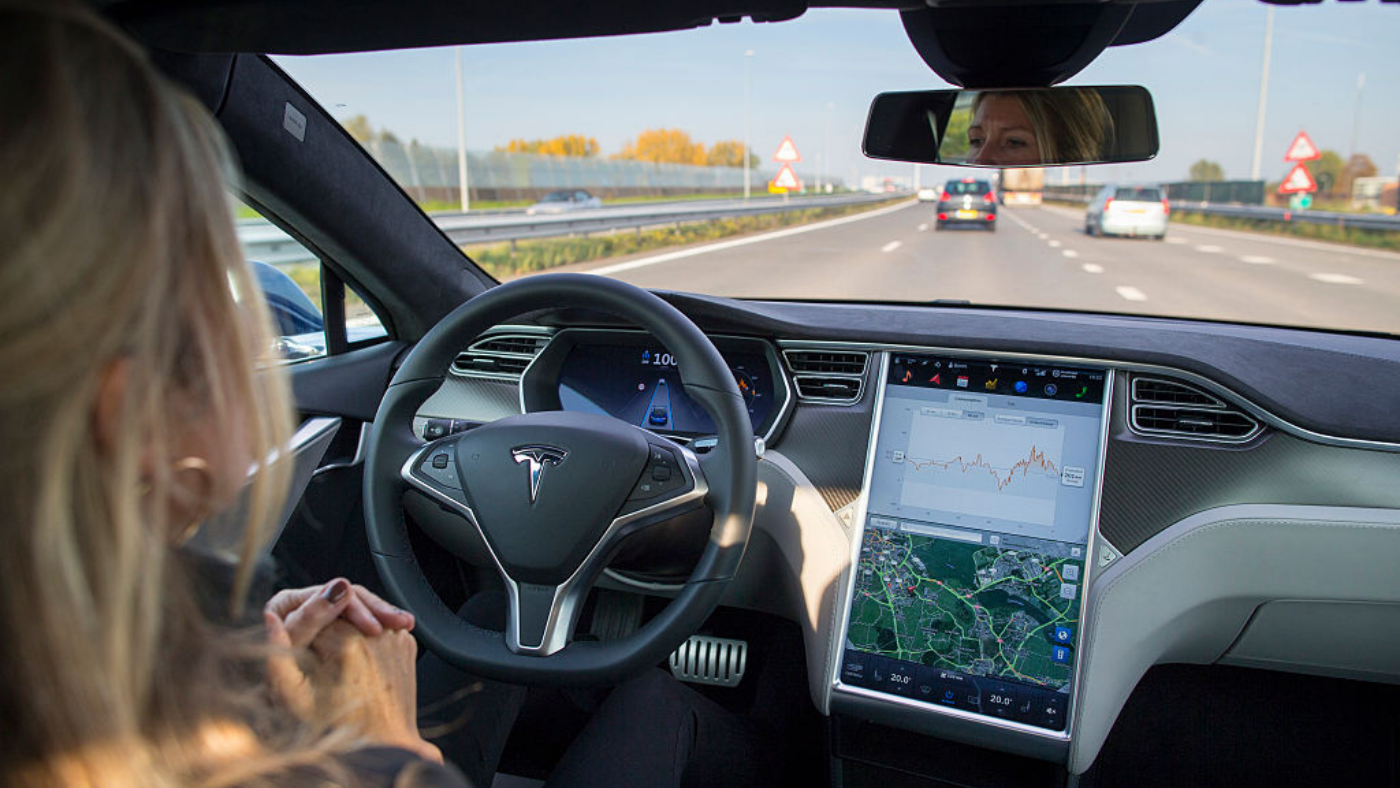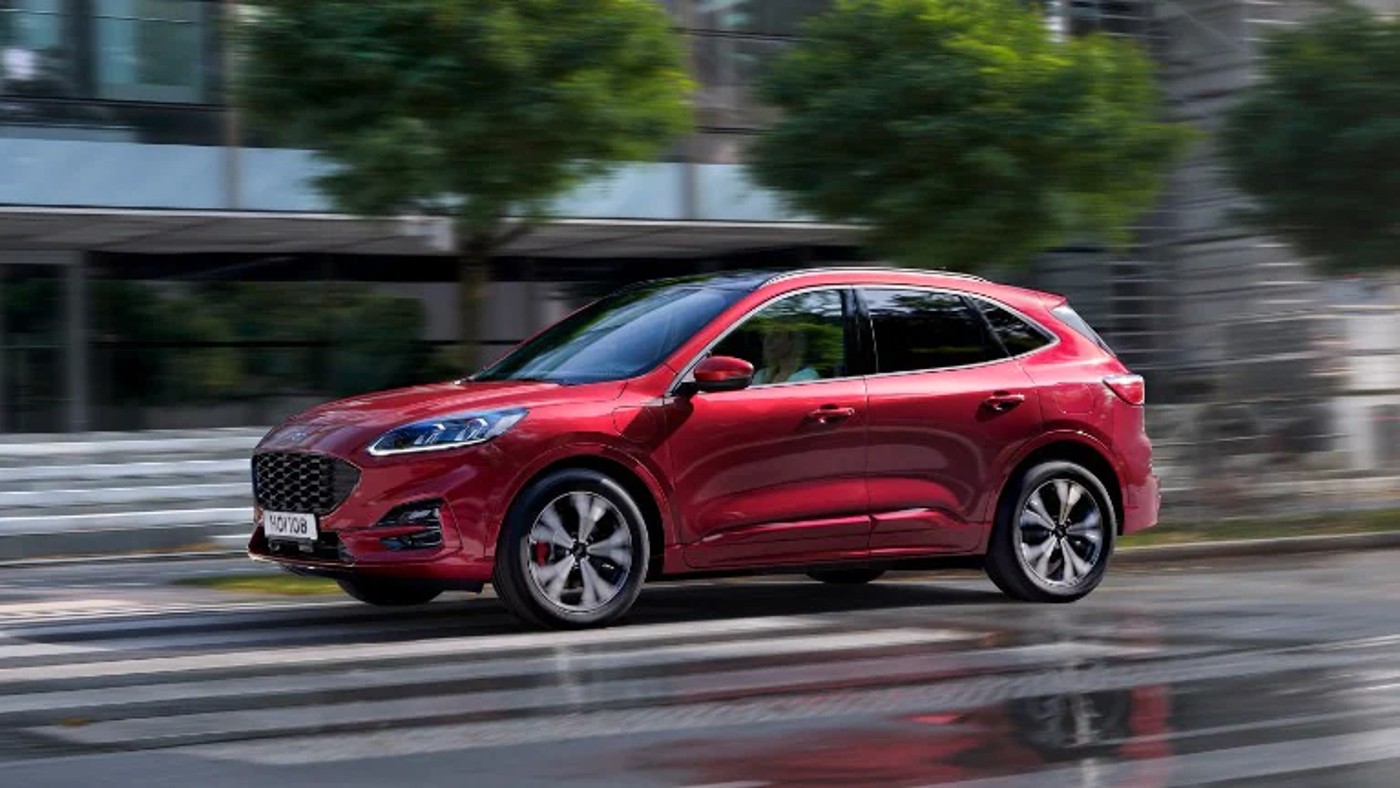Ford tests self-driving car in pitch black desert
Lidar sensors allow autonomous vehicle to navigate its way around testing site at night
Ford has successfully tested night vision systems, which means its self-driving cars can manoeuvre in almost complete darkness.
The company has been running tests on a Fusion – the US version of the Mondeo - fitted with a Lidar system, which requires "no natural illumination to be able to spot obstacles ahead", says Car magazine.
A Ford video shows the car taking on the test route in Arizona with no headlamps on, relying instead on the technology to pick out the route and any potential hazards.
The Week
Escape your echo chamber. Get the facts behind the news, plus analysis from multiple perspectives.

Sign up for The Week's Free Newsletters
From our morning news briefing to a weekly Good News Newsletter, get the best of The Week delivered directly to your inbox.
From our morning news briefing to a weekly Good News Newsletter, get the best of The Week delivered directly to your inbox.
According to Gizmodo, autonomous cars use a wide array of sensors to navigate, most notably cameras, which are "useless" at night. By contrast, Lidar sensors, while easily fooled by snow or rain, are more than functional when there's no light around.
Stuff says the system usually works by "flashing lights and mapping the reflections in real time within the car to create a path, highlighting any obstacles on the road". Ford is doing this with no visible light. The Lidar fitted on its fleet of autonomous cars sends out 2.8 million laser pulses a second to scan the road ahead and build a 3D picture of traffic and the car's surroundings.
"The military has been doing this for a while, but it's now filtering down to Joe Public," adds the site.
It's ideal to use data from both the cameras and the Lidar system, says Autoblog, but Ford's tests have shown that the latter can be used independently if need be.
A free daily email with the biggest news stories of the day – and the best features from TheWeek.com
Sounds good, but the cost of the technology still needs to come down before it becomes viable for production cars, the site adds.
There are other drawbacks, too. As good as Lidar is at lighting up the car's surroundings so it can "see" in the dark, Forbes notes "it is ultimately only as useful as the reference maps the system uses for guidance".
Ford engineers have to annotate maps with relevant information such as speed limits, while map providers such as Garmin and TomTom will have to support Lidar cars with new databases containing the relevant information.
Forbes adds that it's another step towards an autonomous future on the roads, but there's still some way to go yet.
-
 The ultimate films of 2025 by genre
The ultimate films of 2025 by genreThe Week Recommends From comedies to thrillers, documentaries to animations, 2025 featured some unforgettable film moments
-
 Political cartoons for January 3
Political cartoons for January 3Cartoons Saturday's political cartoons include citizen journalists, self-reflective AI, and Donald Trump's transparency
-
 Into the Woods: a ‘hypnotic’ production
Into the Woods: a ‘hypnotic’ productionThe Week Recommends Jordan Fein’s revival of the much-loved Stephen Sondheim musical is ‘sharp, propulsive and often very funny’
-
 Sport on TV guide: Christmas 2022 and New Year listings
Sport on TV guide: Christmas 2022 and New Year listingsSpeed Read Enjoy a feast of sporting action with football, darts, rugby union, racing, NFL and NBA
-
 Ford Fiesta 2022 review: what the car critics say
Ford Fiesta 2022 review: what the car critics sayfeature The Fiesta remains the ‘best car in its class to drive’ – by some margin
-
 House of the Dragon: what to expect from the Game of Thrones prequel
House of the Dragon: what to expect from the Game of Thrones prequelSpeed Read Ten-part series, set 200 years before GoT, will show the incestuous decline of Targaryen
-
 Ford Focus review: after 25 years it still impresses
Ford Focus review: after 25 years it still impressesfeature Fun and engaging to drive, the Focus has been treated to a mid-life update
-
 One in 20 young Americans identify as trans or non-binary
One in 20 young Americans identify as trans or non-binarySpeed Read New research suggests that 44% of US adults know someone who is transgender
-
 The Turner Prize 2022: a ‘vintage’ shortlist?
The Turner Prize 2022: a ‘vintage’ shortlist?Speed Read All four artists look towards ‘growth, revival and reinvention’ in their work
-
 Pros and cons of driverless cars
Pros and cons of driverless carsPros and Cons Changes to road rules could see automated vehicles on UK roads by the end of the year
-
 Ford Kuga FHEV reviews: what the car critics say
Ford Kuga FHEV reviews: what the car critics sayfeature At an affordable price, the Kuga delivers on its potential as an efficient family SUV